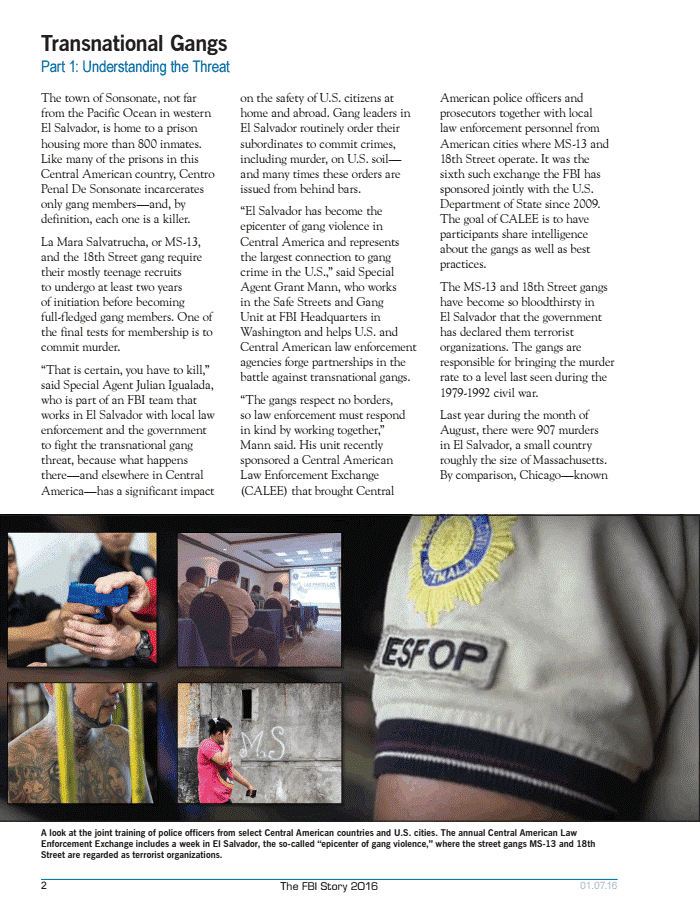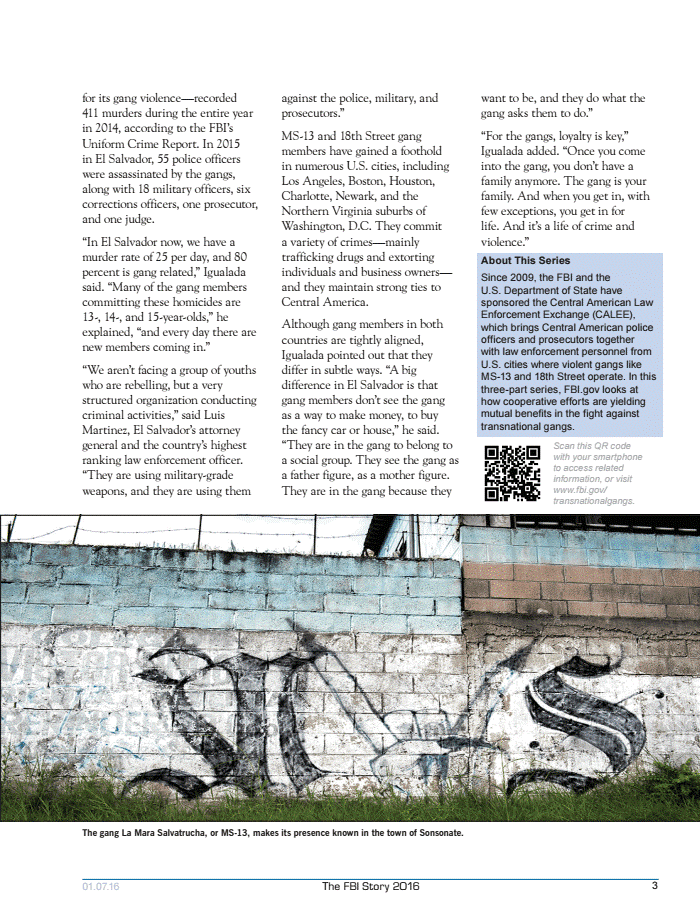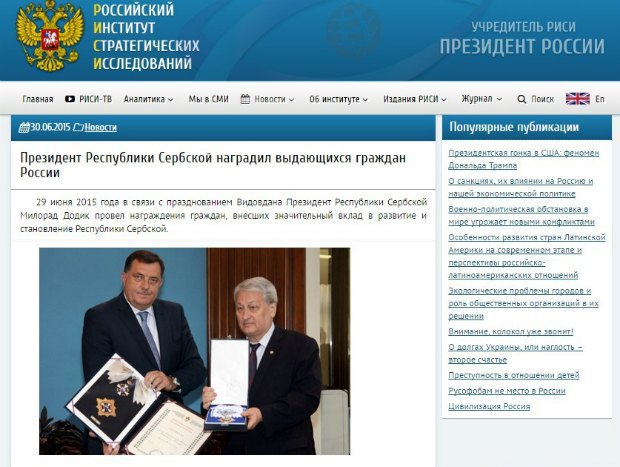Could the American taxpayer get fleeced again on the proposed Trump infrastructure proposal? History and facts says YES. Presently this is just chatter when it comes to improvements, there is no money allocated much less a plan. Draining that swamp is not underway either…

With Billions in Recession-Era Highway Grants, Why Were Improvements Limited?
New research examines why nearly $28 billion of recession-era funding for highway projects didn’t yield greater improvements to the nation’s road network.
Bill Dupor, an assistant vice president and economist in the research division with the Federal Reserve Bank of St. Louis, digs into the issue in the reserve bank’s latest quarterly Review.
Dupor looks at $27.5 billion funneled through the Federal Highway Administration as part of the 2009 American Recovery and Reinvestment Act. Most of that amount was directed toward grants for state governments, marking a substantial boost in federal highway aid.
But in years before and after the Recovery Act, according to Dupor, the number of structurally deficient bridges in the U.S. was close to unchanged, as was the number of workers on road and bridge projects. And, he says, over 40 percent of the nation’s population lived in states where the overall value of highway construction spending was lower in 2010 than in 2008.
“Despite the tremendous influx of federal funds, the highway system showed little improvement,” Dupor writes.
Why was this the case? An explanation Dupor offers is that as states received the federal grant funding for road projects, they could decrease their own spending on highway infrastructure—freeing up those state dollars for other uses.
“Since states were facing budget stress from declining tax revenues resulting from the recession, it stands to reason that states had the incentive to do so,” Dupor writes, referring to the shifting of state highway funding to other areas.
He found that 15 states cut their total highway capital spending between 2008 and 2010. For instance, across that timeframe, the amount of state money spent per resident on highway infrastructure went down by $109 in Georgia, $98 in Texas and $73 in Maryland.
President Trump is currently pushing for a $1 trillion infrastructure package that would involve both public and private capital. Some city leaders have argued that, if the federal government ups infrastructure spending, more money should go directly to cities rather than through states.
Dupor’s article is titled, “So, Why Didn’t the 2009 Recovery Act Improve the Nation’s Highways and Bridges?” A full copy can be found here.
*** Obama’s shovel ready jobs….remember that?
Forbes: Those with long memories will recall that the way out of the economic difficulties back a few years was to be that we had a fiscal stimulus. The US was going to borrow a whole bunch of money and invest it in those shovel ready infrastructure projects that simply littered the country side. This would pull us up out of recession pretty darn sharpish and all would be well.
No, really, this was what was going to happen:
As President Obama urges Congress to pass the $800 billion-plus stimulus package, one of his favorite selling points is the thousands of projects nationwide that he calls “shovel ready” — meaning planning is complete, approvals are secured and people could be put to work right away once funding is in place.
There is no formal definition for shovel ready. The Federal Highway Administration says it doesn’t use the phrase. Its preferred term is “ready to go,” according to acting administrator Jeff Paniati.
That means a state has already done the preliminary work for that project, he says.
“They’ve addressed all the environmental requirements as required,” Paniati says. “They’ve done the necessary public outreach. In many cases, the design work is already completed … and that they’re on an approved state list.”
One example of a shovel-ready project is the in the notoriously traffic-clogged suburbs of Northern Virginia outside Washington, D.C. The state wants to widen the roads and has done some of the preliminary work, but the project is on hold because Virginia doesn’t have the final $32 million needed to complete it.
The stimulus bill states that for a project to be considered shovel-ready, it must be ready to begin in 90 days. The has a list of almost 19,000 such projects, adding up to almost $150 billion.
I quote at such length as this really was what was touted as the way out of the then current problems.
FT Alphaville has a nice little chart today showing what actually happened:
Err, yes. The government gears up to massively boost infrastructure spending, borrows $800 billion to go do infrastructure spending and infrastructure spending falls through the floor at the same time.
My conclusion would be rather simple: government’s just not the way to get the job done.
I agree, there are some things that must be done. There are also things that must be done that only government can do: so, let government limit itself to only those things that must be done and can only be done by government. I think we’d be better off working out the rest of it by ourselves quite frankly.
I mean seriously? They insist that they’re going to boost the economy through infrastructure spending and even when they get the money infrastructure spending falls by by a third or more?









